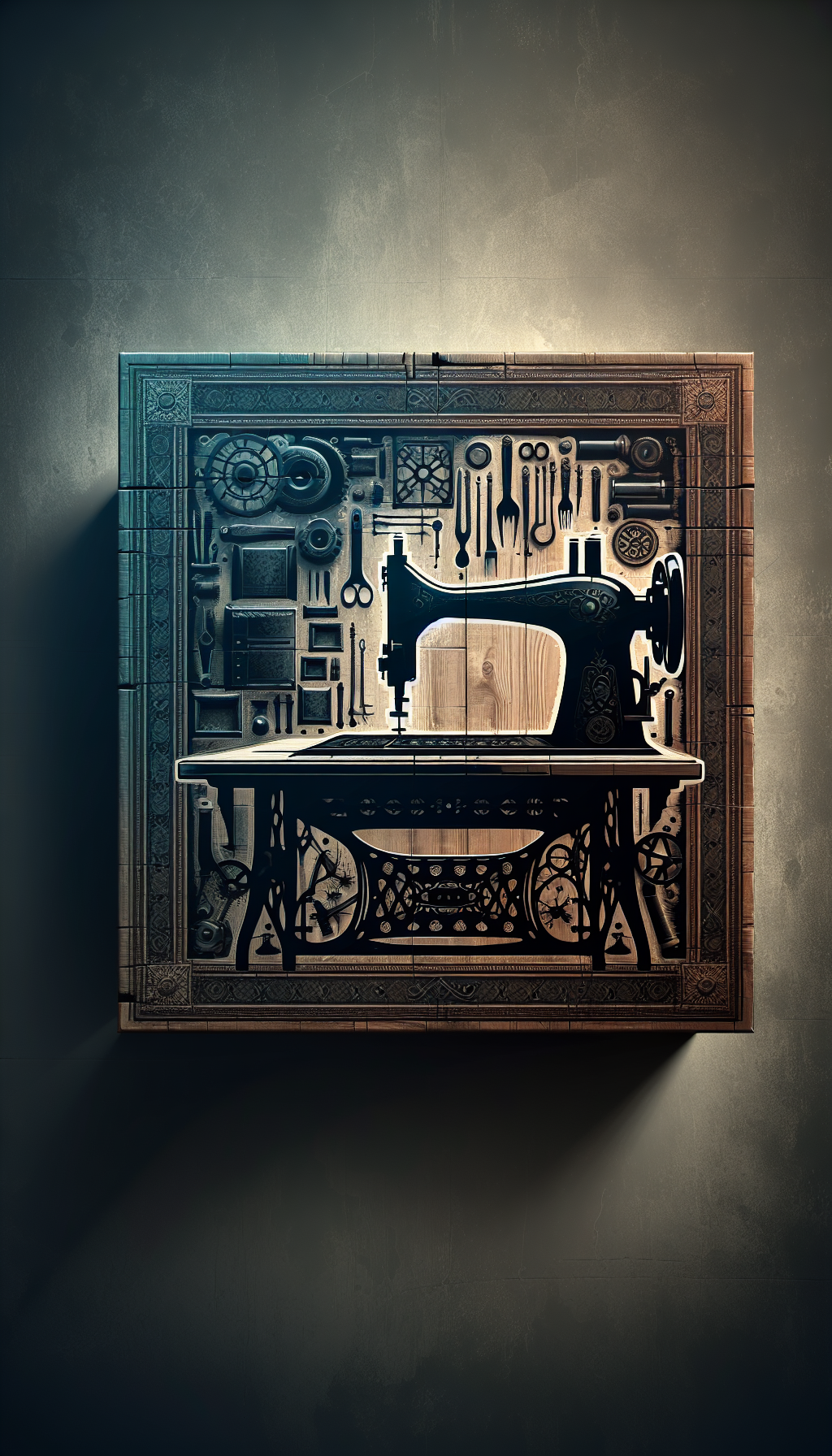Champs Elysees Clock By Swiza
Swiza, a Swiss maker founded in 1904 in the Jura region, built a reputation on reliable 8‑day desk and travel clocks. Among collectors, pieces labeled “Champs‑Elysées” or “Champs Elysees” sit in a sweet spot: decorative enough to suit interior design tastes, but backed by the quality movements for which Swiza is known. This guide explains what the name typically denotes, how to identify authentic examples, and what matters most when appraising one.
What Is the Swiza “Champs-Elysees”?
You will meet two main uses of the Champs‑Elysées name on Swiza clocks:
- A model or line name used by Swiza for decorative desk clocks, typically from the late mid‑century through the late 20th century, often in gilt brass and acrylic.
- A retailer or destination‑market designation, where Swiza produced a case and movement for boutiques in Paris—resulting in dials, bases, or plaques that reference “Champs‑Elysées” for the iconic boulevard.
Either way, “Champs‑Elysées” examples share the characteristics of a Swiza desk clock: compact rectangular or arched forms, high‑polish brass or gold‑tone plating, tasteful minimalist dials with baton or Roman numeral markers, and either an in‑house 8‑day mechanical movement or later quartz modules. Cases range from solid brass blocks to mixed materials such as clear acrylic (Lucite/plexiglass) panels or cylinders with a brass core. Bases in marble or onyx appear on some variants, especially those pitched as gift items or souvenirs for Paris retailers.
Because Swiza produced models for decades, you will encounter both mechanical and quartz “Champs‑Elysées” clocks. The mechanical examples appeal more to horological collectors and often carry higher values when original and well‑preserved. The quartz iterations, commonly from the late 1970s onward, are prized more for design than rarity.
Identifying and Dating
Start with the basics: maker, movement, and materials.
Maker’s marks
- Dial: Look for “SWIZA” in block capitals. Many dials also carry “SWISS MADE” at 6 o’clock. If “Champs‑Elysées” appears, it may be printed on the dial or on an applied plaque on the case or base.
- Caseback or base: Stamped or engraved SWIZA, sometimes with a logo shield. Later pieces may have an adhesive label. Retail inscriptions reading “Champs‑Elysées” or “Paris” are not unusual.
- Movement: Mechanical examples typically read “SWIZA 8 DAYS” and indicate jewel count (often 7 to 15 jewels). Stamping such as “UNADJUSTED” can appear on export pieces.
Materials and finish
- Brass or gilt-brass is typical. Early‑to‑mid period cases are often lacquered to resist tarnish. Acrylic/Lucite side panels, windows, or entire blocks encasing a brass core are common on decorative models.
- Marble or onyx bases appear on souvenir/retailer pieces. The stone should feel cold and heavy; veining that continues through the block is a good sign of authenticity.
- Plating wear patterns help verify age: softened edges and lacquer crazing are consistent with older examples, whereas brass colored paint flaking is a red flag.
Hands, dial, and furniture
- Hands: Simple baton or dauphine hands are common. Mismatched replacements (e.g., luminous diver‑style hands) suggest later intervention.
- Numerals: Roman or baton markers, often applied and polished. Overly modern fonts on a supposedly mid‑century piece warrant closer scrutiny.
- Crystal: Flat mineral glass is typical; acrylic crystals are found on some versions, especially those with acrylic cases.
Dating clues
- Mechanical 8‑day movement with “15 JEWELS” is most consistent with mid‑20th through roughly the 1970s.
- Quartz modules (battery hatch on the rear, hand‑setting stem only, no winding arbor) generally indicate late 1970s to 1990s production.
- Battery type can narrow dating: early quartz often used larger silver oxide cells (e.g., SR44/357). Later mini cell refits are sometimes seen after service.
- Logos and typography: Sober sans‑serif SWIZA logotype is consistent across decades; wild deviations point to dial replacements or non‑factory refinishing.
Always document and cross‑check marks across dial, case, and movement. A Swiza dial paired with an unmarked generic quartz module is a mismatch; conversely, a signed Swiza movement in an unsigned case may indicate a retailer‑branded housing.
Movements and Mechanics
Mechanical 8‑day
- Architecture: Swiza’s well‑known 8‑day movements were built to run a full week on one wind, typically jeweled at key pivots for durability. They are robust and straightforward to service.
- Setting and winding: Most have a rear crown or two independent arbors—one for winding, one for setting. Wind gently to a firm stop; do not force beyond resistance.
- Accuracy: Expect ±1–3 minutes per day when healthy. A power‑reserve drop toward the end of the week is normal.
- Service: A full overhaul every 7–10 years is advisable if the clock runs daily. Dried oils lead to bushing wear and erratic timekeeping. Service notes should include disassembly, ultrasonic cleaning, appropriate lubrication, and timing.
Quartz
- Modules: Swiss quartz modules are reliable and inexpensive to maintain. Many use generic cells and can be replaced if failed.
- Accuracy: ±15 seconds per month is typical.
- Battery care: Replace at first sign of drift or stoppage. Remove batteries if the clock will be stored to prevent leakage, which can scar the case and movement.
Hands and setting cautions
- Always set time clockwise on mechanical models unless documentation specifies otherwise. Rapid back‑and‑forth adjustments can loosen friction‑fit hands.
- If the clock has a calendar (less common on Champs‑Elysées), avoid date setting during the “danger zone” around 9 pm–3 am to prevent gear damage.
Condition and Conservation
Collectors and appraisers examine three big buckets: case, dial, and movement. Originality magnifies value; invasive “improvements” tend to do the opposite.
Case
- Plating and lacquer: Micro‑scratches, small edge wear, and a warm patina are expected. Deep brassing, bubbling, or lifted lacquer patches reduce desirability. Power‑buffing can round crisp edges—an immediate tell of over‑polishing.
- Acrylic elements: Check for stress cracks radiating from screws, UV yellowing, and internal crazing. Minor surface scuffs are acceptable; deep cracks at mounting points are structural problems.
- Stone bases: Chips at corners lower grade. Stabilized fractures are acceptable if cleanly executed and disclosed.
Dial and hands
- Dial spotting: Light speckling is common. Reprinted dials tend to have too‑bright whites and imprecise printing edges. Compare printing quality to original Swiza standards—clean, sharp, and even.
- Lume: Most Champs‑Elysées dials are non‑luminous; if you see new‑looking lume, be skeptical.
- Hands: Bent or repainted hands are a minus; gentle correction and period‑appropriate replacements are acceptable if documented.
Movement
- Running condition: “Runs and keeps time” is worth more than “ticks then stops.” Note amplitude and run time after full wind.
- Completeness: Missing back plates, bezels, crowns, or battery hatches meaningfully affect value.
- Service history: Invoices from a qualified horologist support higher estimates. Absent service is not fatal for quartz, but it is a negotiating point for mechanical.
Conservation tips
- Cleaning: Dry dust with a soft brush; for lacquered brass, use a water‑damp microfiber only. Avoid ammonia or metal polishes unless you are certain the case is unlacquered brass.
- Acrylic: Use a plastic polish for fine scratches; never alcohol or acetone.
- Storage: Keep away from direct sunlight and humidity swings. For mechanical clocks, run them a few cycles yearly to circulate oils even if not displayed.
Values, Market Context, and Appraisal Strategy
Swiza produced a high volume of desk clocks, but Champs‑Elysées‑marked variants are not ubiquitous. Value hinges on movement type, case materials, condition, and presentation (box, papers, retailer plaques).
Typical retail and auction outcomes (broad guidance)
- Mechanical 8‑day, gilt brass, clean original: commonly 250–600 USD.
- Mechanical 8‑day with decorative case (acrylic body or stone base), excellent with box: 400–800 USD; exceptional examples can reach higher.
- Quartz, gilt/acrylic souvenir or retailer pieces: 75–250 USD; mint boxed examples at the top of that range.
- Parts or projects (missing back, heavy brassing, non‑running mechanical): 50–150 USD depending on salvageable movement and case.
Regional tastes matter. Paris‑retailer plaques can add appeal to Francophile buyers; minimalist versions may do better with mid‑century design collectors. As always, recent comparables for the exact case pattern are the best anchors; use the above ranges as a framework, not a ceiling.
How to appraise, step by step
- Identify the exact variant: case shape, materials, and dial layout. Photograph front, back, sides, dial, movement, and any inscriptions.
- Confirm maker and movement: Swiza signature on dial and/or movement; note 8‑day jewel count or quartz module markings.
- Assess originality: Are hands, dial, and back consistent? Any modern screws, refitted bezels, or replaced crystals?
- Grade condition: Use a simple scale—Excellent (near‑mint), Very Good (light wear), Good (notable wear), Fair (major flaws).
- Test function: For mechanical, wind fully and measure 24‑hour timekeeping. For quartz, install a fresh battery and check 48‑hour stability.
- Note provenance: Boxes labeled Swiza or retailer, receipts, or gift inscriptions tied to the Champs‑Elysées boost interest.
- Position in the market: Identify 3–5 sold comparables with the same movement type and case style. Adjust for condition and originality.
- Determine an estimate: Provide a conservative range and a tighter target if selling in a specific venue.
- Recommend care: If selling, suggest minimal conservation (e.g., gentle cleaning) rather than restoration that could outrun any value gain.
Quick appraisal checklist
- SWIZA signature present and correct
- “8 DAYS” mechanical or quartz module positively identified
- Case material verified (brass/gilt, acrylic, stone base)
- Movement jewel count or battery type noted
- All parts present: back, crown/knob, battery hatch
- No major plating loss, cracks, or dial refinish
- Running status confirmed over 24–48 hours
- Dimensions and weight recorded
- Original box, papers, or retailer plaque documented
- Clear photos from all angles archived
Frequently Asked Questions
Is a mechanical 8‑day Swiza more valuable than a quartz one? Generally, yes. Mechanical 8‑day Swiza clocks attract horology‑focused buyers and tend to sell higher—assuming original condition and good running order. Quartz examples can be very attractive and desirable as decor, but they are more plentiful and easier to replace, which moderates value.
How do I safely wind and set a Swiza 8‑day desk clock? Wind slowly and evenly at the rear until you feel a clear stop—do not force beyond resistance. Set the time with the setting knob or crown. Move hands clockwise; if you must move them backward, do so only for small corrections. If the clock has a date (uncommon on Champs‑Elysées), avoid setting the date near midnight.
My dial says “Champs‑Elysées Paris.” Does that mean it’s not a Swiza model? Not necessarily. Swiza supplied clocks to retailers and corporate clients. A dial or plaque referencing “Champs‑Elysées” can reflect a retailer location or commemorative purpose. Authentic examples still carry Swiza signatures and movements. Verify by checking the movement and case markings.
Should I polish the brass to make it look new? Be cautious. Many cases are lacquered; using metal polish will strip the lacquer and alter the original finish, often reducing value. A gentle wipe with a damp microfiber is safest. If tarnish is severe and the case is unlacquered, consult a conservator before polishing.
What hurts value the most? Missing parts (backs, crowns, battery doors), dial refinish of poor quality, heavy plating loss, cracked acrylic or stone bases, and non‑running mechanical movements with unknown issues. Over‑restoration—such as aggressive buffing that rounds edges—also detracts.
Final note: There are other luxury clocks described as “Champs‑Elysées” in the broader market (e.g., pieces by French crystal makers or even high‑end atmospheric clocks). When appraising a Swiza, rely on the Swiza signatures and movement to avoid cross‑category confusion.



